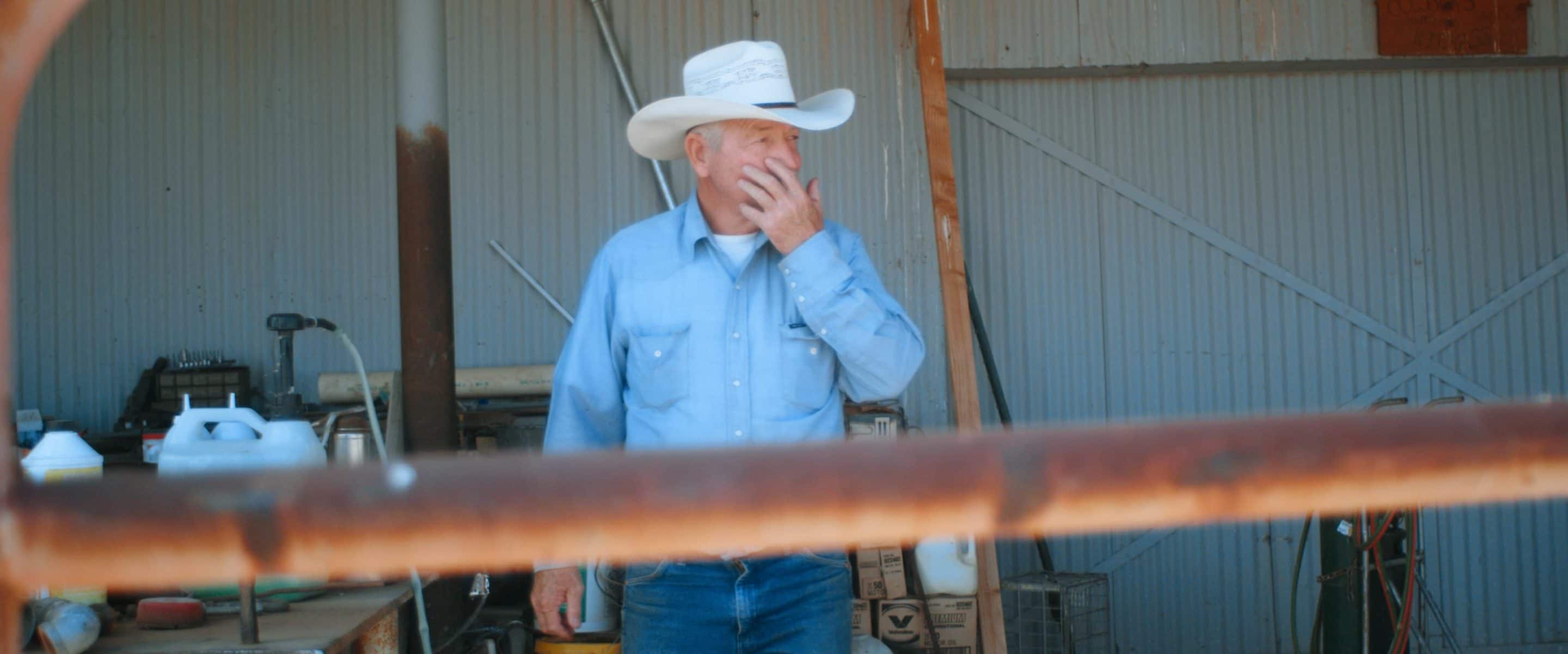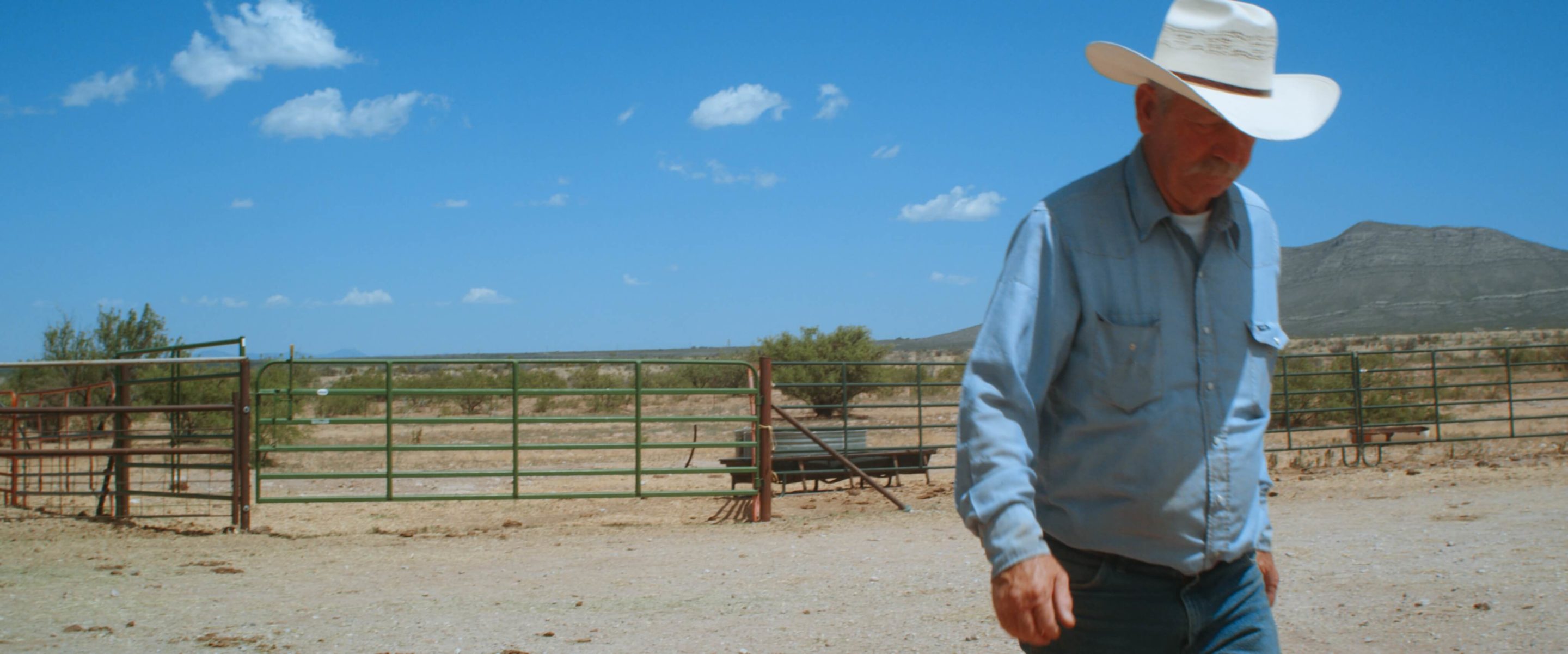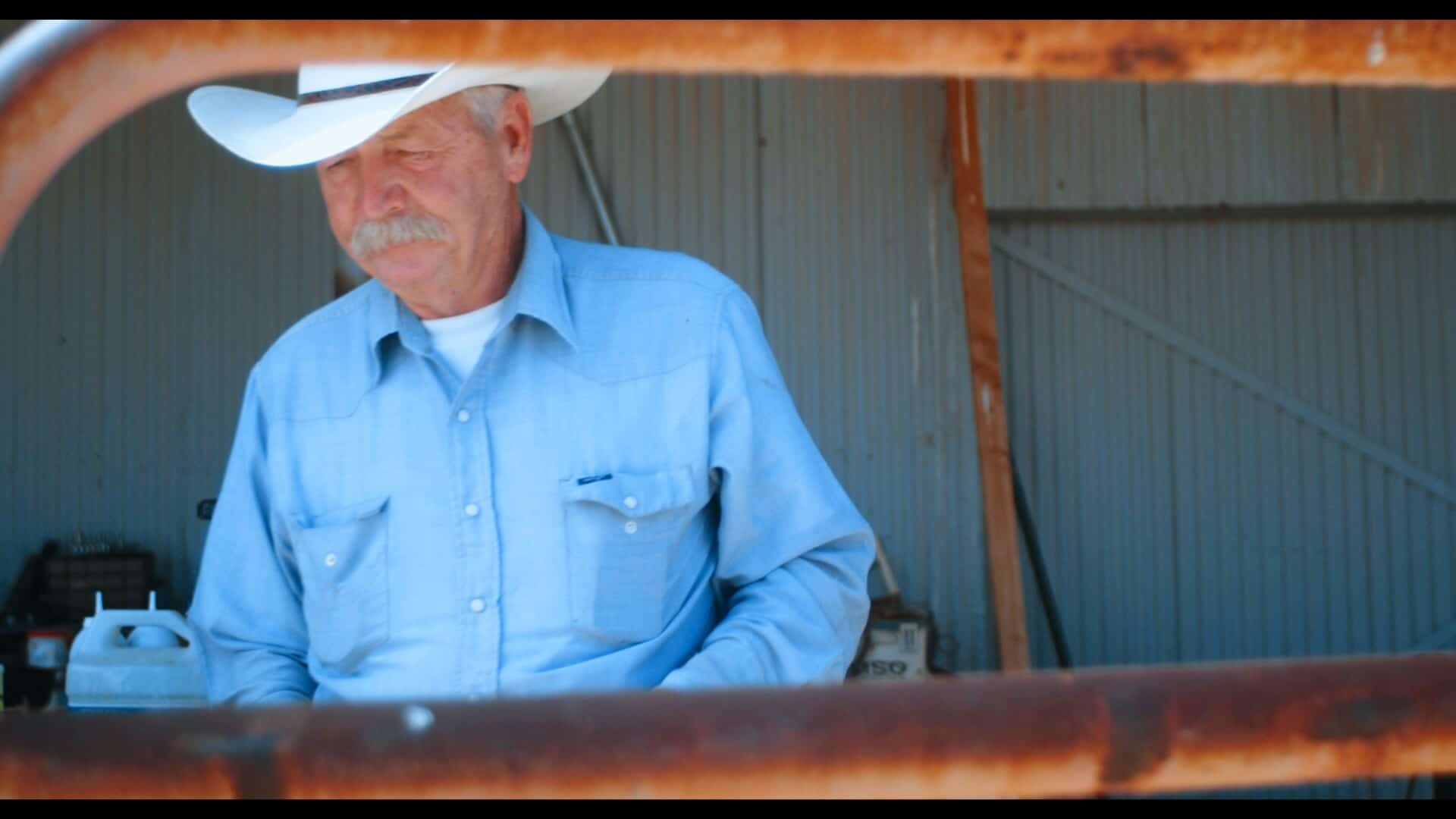Written by Sally Moore
Touring his historic property, Southern Arizona rancher, John Ladd offers the Blessings Through Action (BTA) team not only a regional history lesson, but a political science and multicultural civics crash-course along the way. He is well- informed, well-educated and refreshingly clear and consistent regarding his border views. One doesn’t need to guess where he stands- his vantage point is unobstructed- with the border fencing actually visible from his home. Unlike so many voices heard on this topic today, John Ladd’s views carry weight.
No longer a spring calf, the aging cattle rancher stands boldly in the proverbial gap. Ladd balances every challenge of any rancher operating a profitable cattle operation, while simultaneously, coping with the continued repercussions brought by streams of aliens and drug traffic. Over the decades, he says he has seen a shift, not only in the political atmosphere in Mexico but the rising influence of drug cartels south of the border. This has resulted in a corresponding shift not only in tactics but attitudes of migrants on his property.

“In the 70’s and 80’s we were seeing families with luggage, coming to try to make a living.” Ladd says they would feed and sometimes offer them a night’s shelter in the bunkhouse. By the 1990’s, he observed, large and numerous groups of illegals came through. Easy to spot, he notes that they often lent a hand, helping the BP. Ladd claims that BP has apprehended an astonishing 250,000 illegals just on his ranch. In recent years, Coyote (those handsomely paid to bring illegals across) tactics have significantly changed as well. Incredibly difficult to spot, Ladd notes the process is now carefully orchestrated by criminal teams with binoculars and cell phones, now bringing only a handful of migrants dressed in full camo with no belongings to slow them down. Some have arranged transport to go further north, while others are on their own, once on the north side of the fencing. With varied intentions, they regularly trespass and traverse his ranch to reach what they hope will be the Promised Land.
Sometimes, Ladd notes, the migrants pass stealthily wearing carpet shoes, leaving no footprints. Others leave a trail of expensive property damage and destruction on his isolated property- breaking water pipes and cutting the barbed wire, allowing his cattle to escape.

As if this battle were not enough, Ladd is also embroiled in what looks to be the mother of all civil liberty battles with Uncle Sam. Over the years the embattled rancher has allowed several variations of border fencing, the mounting of lofty cameras and detection systems and miles of road for U. S. Border Patrol use on the southern edge of his property. In spite of his cooperation, Ladd is ironically, and literally, holding his ground in the courts. Attempting to thwart several counts of eminent domain, he says were, “Brought by the Federal government, Homeland Security and the Army Corps of Engineers.” While the government wants his land as a convenient buffer against a growing immigration problem; Ladd views their intentions as an unwelcome assault on his guaranteed Constitutional rights.
The San Jose Ranch is near to what is now the Naco Port of Entry (POE, a legal entry point of entry to and from Mexico. John Ladd’s ancestors began building their ranch in 1896 with hard work and true grit back in Territorial days, sixteen years before Arizona became the 48th state in the union.
Over a century later, John and his wife, Jo Beth, have taken the reins from Ladd’s 93 year-old father, Jack, as the fourth generation to steward the San Jose Ranch. He intends to hold this deep-rooted inheritance for the fifth and sixth generations: his three sons and two grandsons. He punctuates the threat of eminent domain with unmovable conviction, “This is our legacy- Our livelihood- this is what I do. We aren’t going anywhere.” The fight will be a long one.

With a frustrated shake of his head, the embattled cattleman adds, “They don’t care that this ranch has been an employer and income producer in Cochise County all these years.”
Ladd, is no stranger to interviews, freely sharing his compelling witness to anyone who will listen. His story has been covered by news agencies both in Arizona and beyond, he is always grateful for another platform to lay out his personal, often hair-raising picture of border conditions to the public, Ladd is scheduled to return to Washington D.C. in September, for an 8th mission, appearing on radio, talk show programs where he hopes to educate an estimated 6.5 million conservative, politically savvy listeners.
BTA’s Elaine Beck, in this interview, questions the rancher about how to fix this enormous and politically polarizing issue. Nodding, Ladd notes, reasonably, the core of the political problem lies somewhere amid the motivations of an ineffective Congress, who appear to be bent on altering voting demographics in the United States. “They don’t want to shut down the border.” He is not shy about extrapolating the costs as he worries where America is headed if illegal immigration trends remain unchecked.

